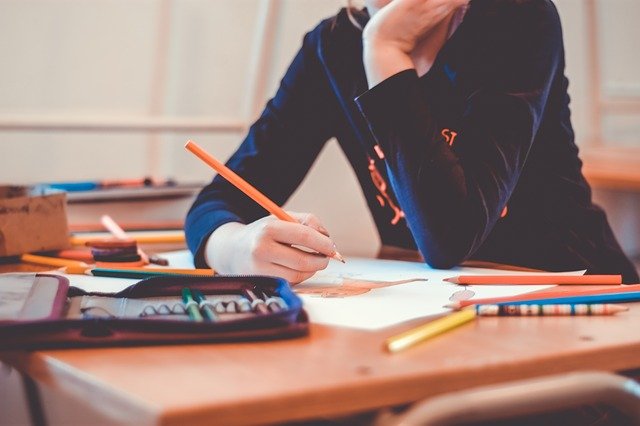How to Create an Effective Study Group
 What does the ideal study group look like?
What does the ideal study group look like?
In order for a study group to work effectively, a number of requirements must be met. For example, it is important that all participants have basic knowledge that can be built on when preparing for exams in the study group. Ideally, the individual group members have different strengths and preferences in order to complement each other well. If all participants have the same level of knowledge, they can hardly support each other on difficult topics.
- The study group goal
All participants in the study group should pursue the same examination goal – three group members learn to get as close as possible to the maximum number of points in the examination, while one member would be happy if it even passes the examination, difficulties are practically inevitable.
And speaking of the number of participants: This is also crucial for success in a learning group. As a rule, three to five group members are ideal because there are enough different learning methods available without the whole thing becoming chaotic.
- Organization of the study group
So that learning in a group is successful, certain agreements should be made in advance. So it makes sense to coordinate the time required and the topics in advance and to set dates for the joint learning units. It is also important that a suitable learning location is chosen, which offers enough peace and space for the group. If you want to learn in a group, you should always arrive on time and prepared.
Make sure you have enough breaks during the learning units – after 45 minutes of concentrated study, a break of around 15 minutes makes sense – and reward yourself for learning successes in order to increase motivation.
- Learning Techniques
In the case of learning groups, it is not just the organization that has to be right, the learning techniques are also decisive for success in the group. In principle, it is possible in a group for everyone to quietly immerse themselves in the textbook in order to learn. However, it is important that an exchange takes place afterwards. For example, all group members can solve the same task from the textbook and then discuss it together. In this way, any problems can be discussed directly and various approaches can be discussed.
Other useful learning techniques for learning groups are presentations, questionnaires or discussion groups and exam simulations. Using presentations, individual subject areas can be repeated in their own words, which helps to better understand the topics. In addition, questions can be asked directly if anything is unclear. Question and discussion groups are also conceivable in which topics are viewed from different perspectives or specific problems are discussed.
Exam simulations are also ideal preparation in a group – whether oral or written. Check each other out by putting together catalogs of questions and tasks and asking each other or solving the tasks in writing within a given time. Afterwards there is a feedback round. This learning technique helps, among other things, to assess where one’s own strengths and deficits lie and which subject areas should be carefully learned again.
In addition, it is possible to work on tasks from the textbook together in the group so that the group members can help each other immediately in the event of difficulties or possible knowledge gaps. It is best to discuss at the beginning which learning techniques are preferred in the learning group so that there are no discussions later. If different ideas prevail, it is worthwhile to find a compromise, because considerable learning success can often be achieved with different methods in combination.
Conclusion
If you want to prepare for an exam, a study group can be very helpful. If you team up with the right people, you can support and motivate each other in learning – the latter is very important, especially in longer learning phases. Although there is some organizational work involved in learning group, learning together also increases the efficiency of all participants and the direct feedback helps to identify and eliminate errors quickly. It is important to note, however, that learning cannot be done exclusively in a group, but is merely a useful addition to “normal” learning – the mix makes it.
Do you need help in your academic essay writing assignments? Click here.




